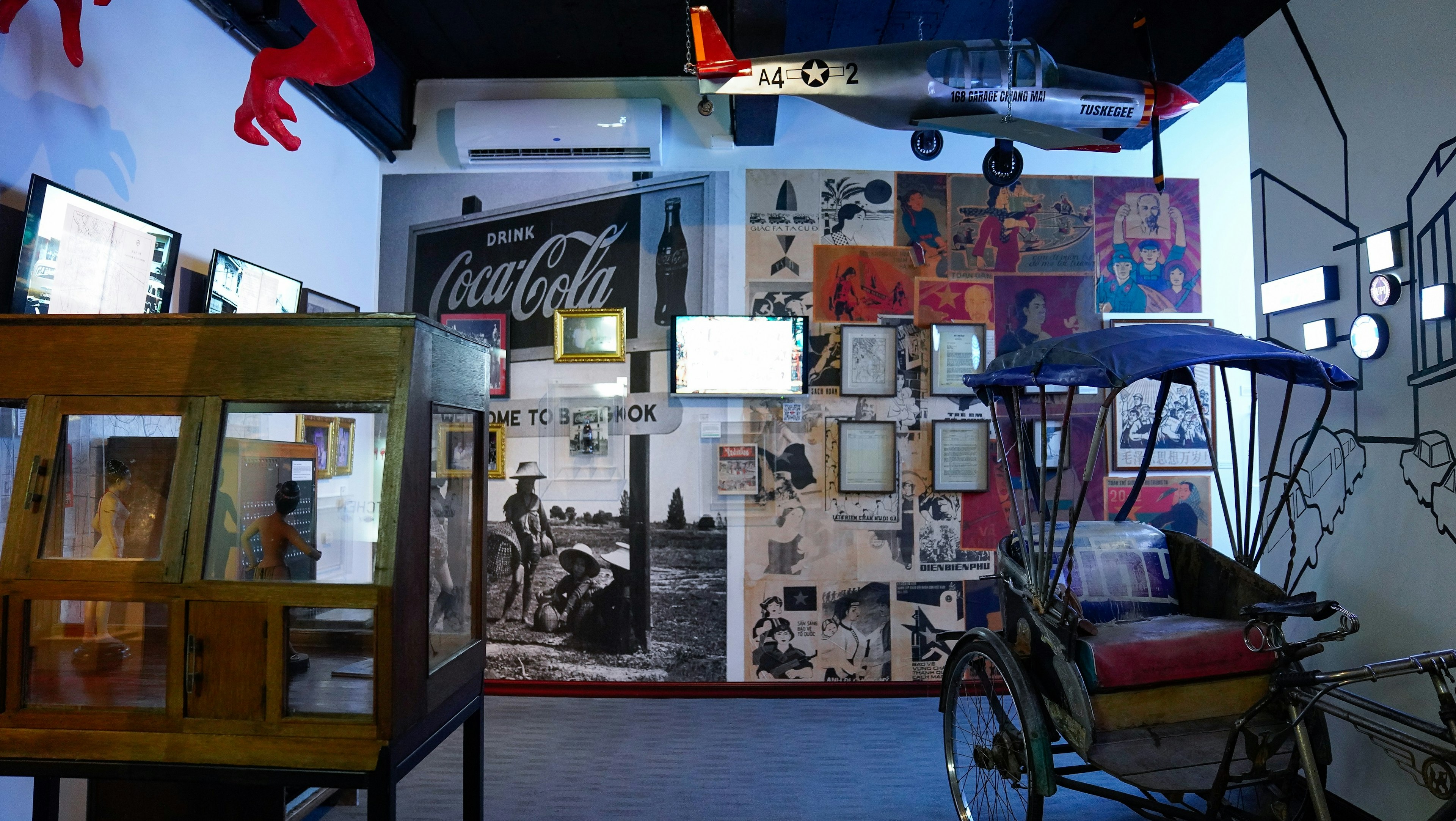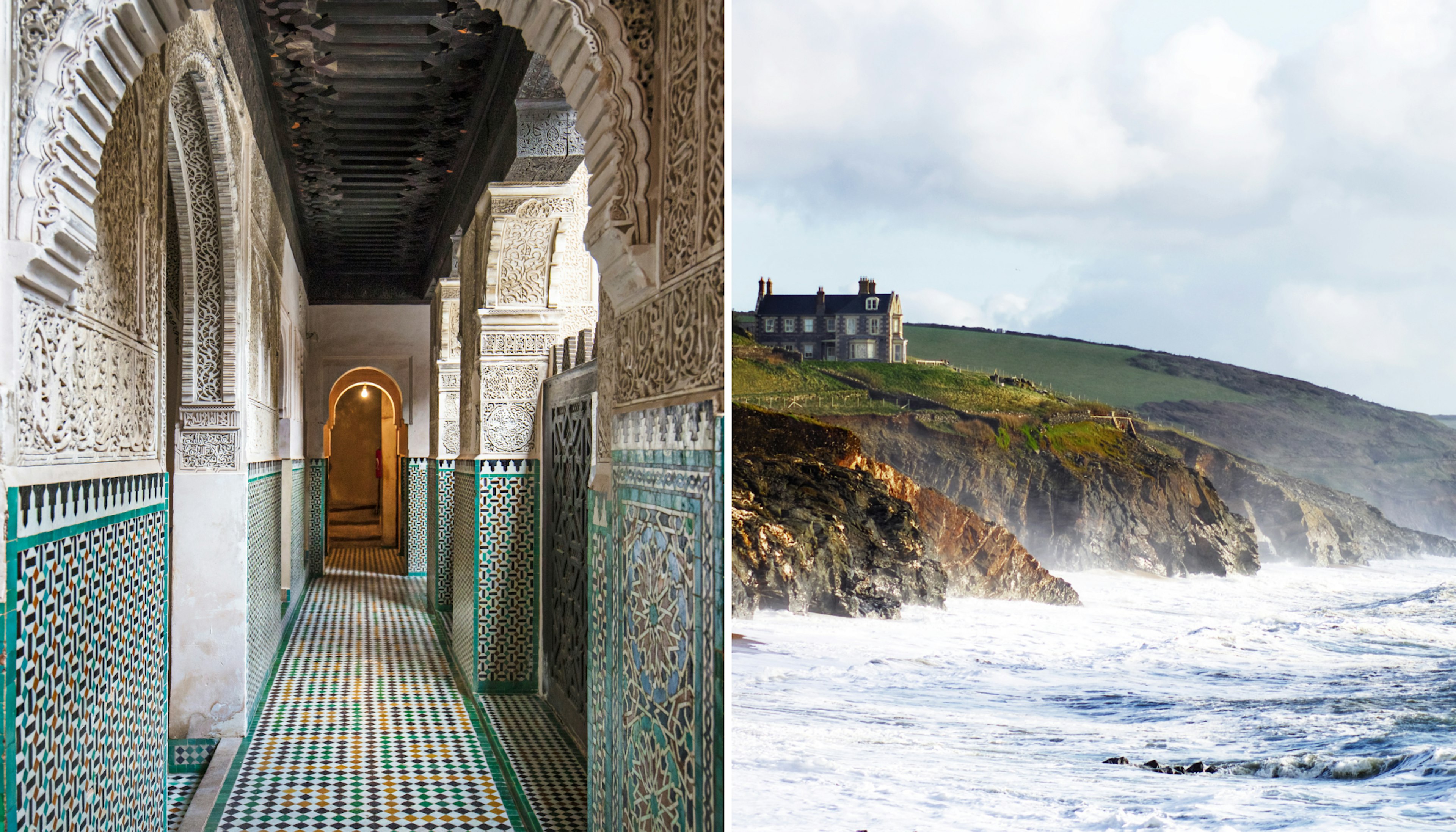Algunos de los lugares más atractivos de Escocia serán inmediatamente reconocibles para cualquier persona que alguna vez haya admirado una etiqueta de whisky o una lata de galletas de mantequilla. Aquellos picos dramáticos, valles solitarios y lagos, todo ese tartán y haggis – todo realmente existe, en una maravillosa vida real.
Desde la escarpada Skye y el histórico Edimburgo hasta los ríos ondulantes de Speyside, los grandes atractivos de Escocia son – verdaderamente – tan gloriosos como imaginabas. Sin embargo, esta orgullosa nación es más que una simple serie de postales. Pasa incluso poco tiempo aquí, y descubrirás un lugar diverso y cautivador, salpicado de aldeas prehistóricas, vasta vida silvestre y abadías en ruinas.
Entonces, ¿dónde empezar? Una vez que hayas decidido el mejor momento para tu visita, necesitas elegir los mejores lugares a los que ir mientras estés allí.
Nuestra lista de los mejores destinos en Escocia te ayudará a comenzar.

1. Stirling
Ideal para fanáticos de los castillos
Con una posición inexpugnable en la cima de un poderoso peñasco boscoso – el tapón de un volcán extinto – la bellamente preservada Ciudad Vieja de Stirling es un tesoro de edificios históricos y calles empedradas que serpentean hacia las murallas del Castillo de Stirling. Esta fortaleza ha visto acción seria: fue bombardeada por la Warwolf, una gigantesca máquina de asedio inglesa del siglo XIV; atacada durante el levantamiento jacobita de 1745; y envió tropas a la batalla de Bannockburn, la batalla decisiva celebrada al final de Corazón Valiente, a solo unas millas al sur.
Hoy, vistas que se extienden hasta las Tierras Altas, gloriosos tapices y una rica historia hacen de este el mejor castillo de Escocia – y una gran atracción para la familia.
Consejo de planificación: Como muchos turistas vienen en excursiones de un día, lo mejor es visitar por la tarde. Podrías tener el castillo casi para ti solo alrededor de las 4 pm.
2. Speyside
Ideal para degustación de whisky
La bebida nacional de Escocia es el whisky – del gaélico uisge beatha, que significa “agua de vida” – y este ardiente espíritu se ha producido aquí por más de 500 años. Más de 50 destilerías están en funcionamiento en Speyside, la zona de whisky más famosa de Escocia, célebre por sus sabores afrutados y ligeramente picantes. (Dirígete a Islay para variedades más ahumadas.)
Pregunta en el Museo del Whisky acerca de la Ruta del Whisky de Malta, un recorrido autoguiado por las destilerías locales. Si solo tienes tiempo para una, la Destilería Balvenie es una buena opción ya que todavía utiliza un suelo de malteado tradicional. El aroma es espléndido.
Consejo de planificación: Dufftown se encuentra en el corazón de la región y es sede del Festival bianual del Espíritu de Speyside.

3. Islas Shetland
Ideal para observación de aves
Lo suficientemente cerca de Noruega como para hacer que la nacionalidad escocesa sea un concepto ambiguo, las Islas Shetland son el puesto avanzado más septentrional de Gran Bretaña. El escenario estremecedoramente desolado – reconocido como un preciado Geoparque de la UNESCO – todavía se siente singularmente escocés, sin embargo, gracias a sus profundos valles desnudos flanqueados por colinas empinadas, lagos azul cielo centelleantes y, por supuesto, ovejas deambulando por caminos poco transitados. Sin embargo, es la vida aviaria lo que realmente atrae a los visitantes aquí.
Desde su llegada en la primavera tardía hasta los frenéticos festines de alto verano, las vastas colonias de alcatraces, araos, skúas, frailecillos y gaviotines en Hermaness, Noss, Sumburgh Head y Fair Isle ofrecen algunas de las experiencias de observación de aves más impresionantes de Gran Bretaña.
Consejo local: Shetland es uno de lossitios ideales en el Reino Unido para avistar orcas, así como las luces del norte.
4. Loch Lomond
Ideal para una caminata junto al lago
Aunque queda a menos de una hora en coche del bullicio y la expansión de Glasgow, los bonitos bancos de Loch Lomond – inmortalizados en la letra de una de las canciones más célebres de Escocia – forman parte de una de las zonas más pintorescas del país.
En el centro del primer parque nacional de Escocia, el lago comienza como un amplio laguna salpicada de islas en el sur, sus riberas cubiertas de bosques salpicados de campanillas, antes de reducirse al norte a una trinchera similar a un fiordo rodeada de montañas.
Desvío: La cima de Ben Lomond (974m/3031ft) es una subida popular. Sigue el camino bien mantenido para un recorrido de ida y vuelta de 7 millas (11.25km) por la conocida Ruta Turística; calcula alrededor de 5 horas.

5. Edimburgo
Ideal para entretenimiento durante todo el año
La capital de Escocia es conocida por sus festivales. Sin embargo, esta es una ciudad de placeres durante todo el año y de muchos estados de ánimo. Visítala en primavera para apreciar el centro histórico silueteado contra un cielo azul y una bruma amarilla de narcisos; o en un gélido día de invierno para observar la niebla atrapándose en las agujas de la Milla Real, la lluvia sobre los adoquines y un cálido resplandor llamando desde las ventanas de los pubs locales. Con una galería de arte moderno de clase mundial, museos de primer nivel, sitios históricos escalofriantes y un majestuoso castillo del siglo XII, hay mucho para mantenerte entretenido, independientemente de la temporada.
Consejo local: Comienza tu visita a Edimburgo subiendo a Arthur’s Seat, un volcán extinto que ofrece vistas panorámicas de la ciudad.
6. Las Tierras Fronterizas de Escocia
Ideal para un paseo por el campo
Muchos turistas en Escocia se dirigen rápidamente a Edimburgo y luego se apresuran a las Tierras Altas, pasando por alto completamente las Tierras Fronterizas de Escocia. Eso es su pérdida. Esta región, anteriormente disputada por jefes guerreros y ladrones de ganado, está llena de historia y repleta de buenos senderos para ciclismo y caminatas.
Hay majestuosas mansiones de campo (Traquair House fabrica Jacobite Ale y tiene una habitación oculta que alguna vez escondió sacerdotes católicos), así como una serie de impresionantes abadías en ruinas (la mejor es la gótica Abadía de Melrose), además de aves y acantilados marinos en St Abb’s Head. Aquellos más activos pueden pescar salmón o descender por las rutas de ciclismo de montaña en Glentress e Innerleithen.

7. North Coast 500
Ideal para un viaje por carretera panorámico
Las vistas impresionantes abundan en las Tierras Altas. Y es en el extremo norte donde el paisaje se vuelve realmente impresionante. Este es el mejor lugar en Escocia para explorar en coche (los realmente en forma también pueden recorrerlo en bicicleta) – con la recompensa siendo algunos de los paisajes junto a la carretera más increíbles de Europa.
El North Coast 500 comienza y termina en la encantadora ciudad de Inverness, haciendo un bucle por los lochs, dunas de arena y campos de golf de la costa este antes de contemplar los acantilados remotos y playas de Cape Wrath, los picos escarpados de Assynt, y la desolada belleza de Torridon. Estos panoramas – además de la cálida hospitalidad de las Tierras Altas que se encuentra en cómo los clásicos pubs rurales y las antiguas croftingvillages – transform this into a memorable week-long voyage.
8. West Highland Way
Ideal spot for long-distance trekking
To truly appreciate the landscapes of Scotland, traversing them on foot is the way to go. Anticipate mountains rising above lochs and sea cliffs overlooking the breezy sea, certainly – but also brief woodland paths and delightful walks through valleys sprinkled with purple heather. Ranking high on many trekkers’ bucket lists is the 96-mile (155km) West Highland Way, ranging from Milngavie (close to Glasgow) to Fort William, a weeklong saunter through some of the nation’s most beautiful surroundings that concludes in the presence of its tallest summit, Ben Nevis.
Should a lengthy journey not suit your schedule or stamina, it’s viable to embark on a single-day hike along part of the route. For instance, one could trek the span from Rowardennan to Inversnaid, journeying back using the Loch Lomond waterbus. No matter which section you tackle, ensure to pack rain-proof clothing and midge repellent. Train enthusiasts should note that sleeper trains proceed south from Fort William all the way to London, providing a convenient departure after a trek.
Excursion: Anyone in relatively good physical shape can access Ben Nevis’s 1345m (4413ft) peak. Approach the mountain with reverence, and you might be rewarded (weather permitting) with splendid views reaching Northern Ireland.
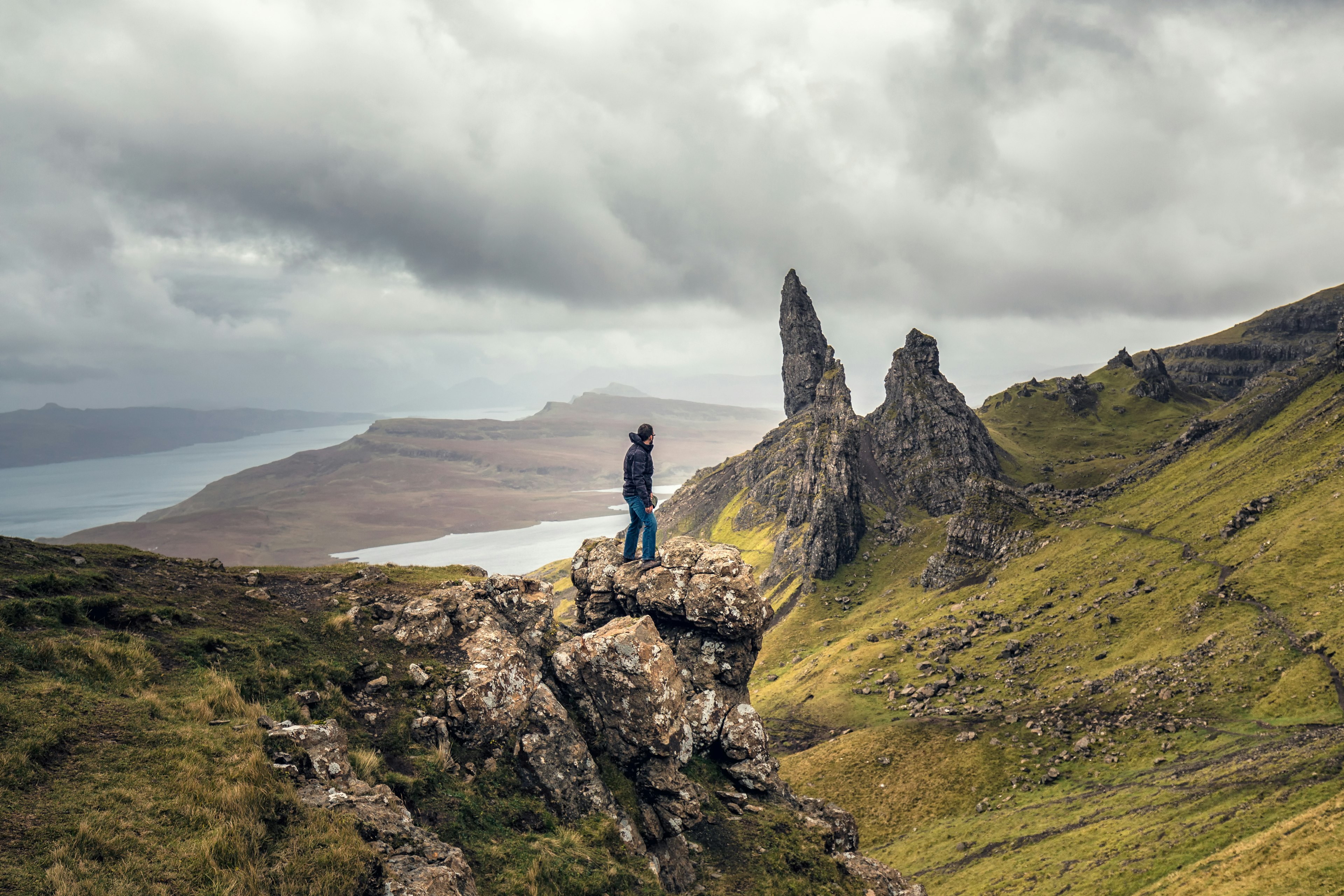
9. Isle of Skye
Perfect for shutterbugs
In a nation renowned for extravagant scenery, the Isle of Skye stands out as a pinnacle. From the rugged peaks of the Cuillins and the unusual spires of the Old Man of Storr and the Quiraing to the breathtaking sea cliffs of Neist Point, there’s a photographic moment at almost every corner.
Skye is also a top spot in Scotland to glimpse golden eagles. And – if you can divert your gaze from the natural surroundings – you’ll discover welcoming pubs and exceptional seafood eateries. Indeed, this tourist magnet makes Skye one of Scotland’s most visited locales. Nevertheless, the throngs generally concentrate in Portree, Dunvegan, and Trotternish – and tranquility is nearly always achievable in the remoter parts of the island.
Advisory for visitors: Arrive equipped for unpredictable weather. When it’s pleasant, it’s truly splendid. But quite often, it isn’t.
10. Perthshire
Prime for relishing nature’s abundance
In the heart of Scotland, Perthshire, enchanting towns bloom with blossoms, distilleries exude enticing malty scents, and sheep graze in vibrant green pastures. There’s a sensation of nature’s plentitude here that no other location in Scotland can reproduce.
Bluish-gray lochs glisten, mirroring the weather’s shifting moods; ancient trees stand tall within riverside woodlands; grand glens carve their way into remote wilderness areas; and salmon leap upstream to their birthplace. Relish every bit of it.

11. Glasgow
Optimal for live music and pub ambiance
It’s true that Scotland’s largest city doesn’t boast Edinburgh’s striking backdrop – but its wealth of activities, welcoming nature, and vitality impresses all visitors. Bold and modern, this city is fantastic for exploring art galleries and museums as well as discovering works by local design icon Charles Rennie Mackintosh.
The infectious spirit of Glasgow is most vividly experienced through its exciting pubs and clubs, which host one of the globe’s renowned live music scenes.
Insider’s note: Explore upcoming
(mayoría de artistas alt-rock) en el legendario ex-salón de baile Barrowland (coronado como el mejor lugar de música del Reino Unido por Time Out en 2023). O prueba el Sub Club para house y techno, el Clutha Bar para raíces y rock, o Nice ‘n’ Sleazy, un clásico bar indie sumergido.
12. St Andrews
Mejor para golfistas
Escocia es la cuna del golf, y la ciudad de St Andrews sigue siendo venerada como su hogar espiritual tanto por aficionados como por campeones. En este lugar, los campos de tipo links ofrecen la experiencia clásica: terrenos costeros irregulares donde el rough es un brezo y machair, y el principal adversario es el viento del mar, el cual puede convertir una ronda prometedora en un desastre en un instante.
La histórica ciudad universitaria de Fife en St Andrews es considerada la sede extraoficial del golf, siendo un destino irresistible para cualquier amante de este deporte. Y si no eres tan aficionado… bueno, la ciudad ofrece impresionantes ruinas medievales, majestuosos edificios universitarios, idílicas playas de arena blanca y excelentes lugares donde hospedarse y restaurantes.

13. Skara Brae
Mejor para historia antigua
Los visitantes de sitios antiguos a menudo tienen dificultad para imaginar cómo eran hace milenios, o para conectarse con las personas que los construyeron. Sin embargo, los magníficos restos prehistóricos de Escocia tienen un impacto inmediato. Pocos lugares ofrecen una mejor visión de la vida cotidiana de la Edad de Piedra que Skara Brae en Orkney, con sus chimeneas cuidadosamente construidas, camas, armarios y cisternas de agua.
Este pueblo Neolítico – que, con 5000 años de antigüedad, es más antiguo que Stonehenge o las Pirámides de Giza – permaneció enterrado en dunas de arena costera durante siglos. Aún hoy, puede dar la sensación de que los habitantes simplemente han salido a pescar y podrían regresar en cualquier momento.
14. Glen Coe
Lo mejor para la historia de los clanes
La más famosa glen de Escocia combina dos componentes esenciales de las Highlands: paisajes dramáticos y un profundo sentido de la historia. La paz y belleza de este valle hoy en día disimulan el hecho de que Glen Coe fue el escenario de una despiadada masacre del siglo XVII, cuando los locales MacDonalds fueron asesinados por guerreros del clan Campbell.
Algunas de las mejores caminatas del glen, como la que lleva al Valle Perdido, siguen los caminos que tomaron los clanes en fuga, muchos de los cuales perecieron en la nieve.
Consejo de planificación: Comienza en el Centro de Visitantes de Glencoe para más información sobre este lugar hermoso y su trágica historia.


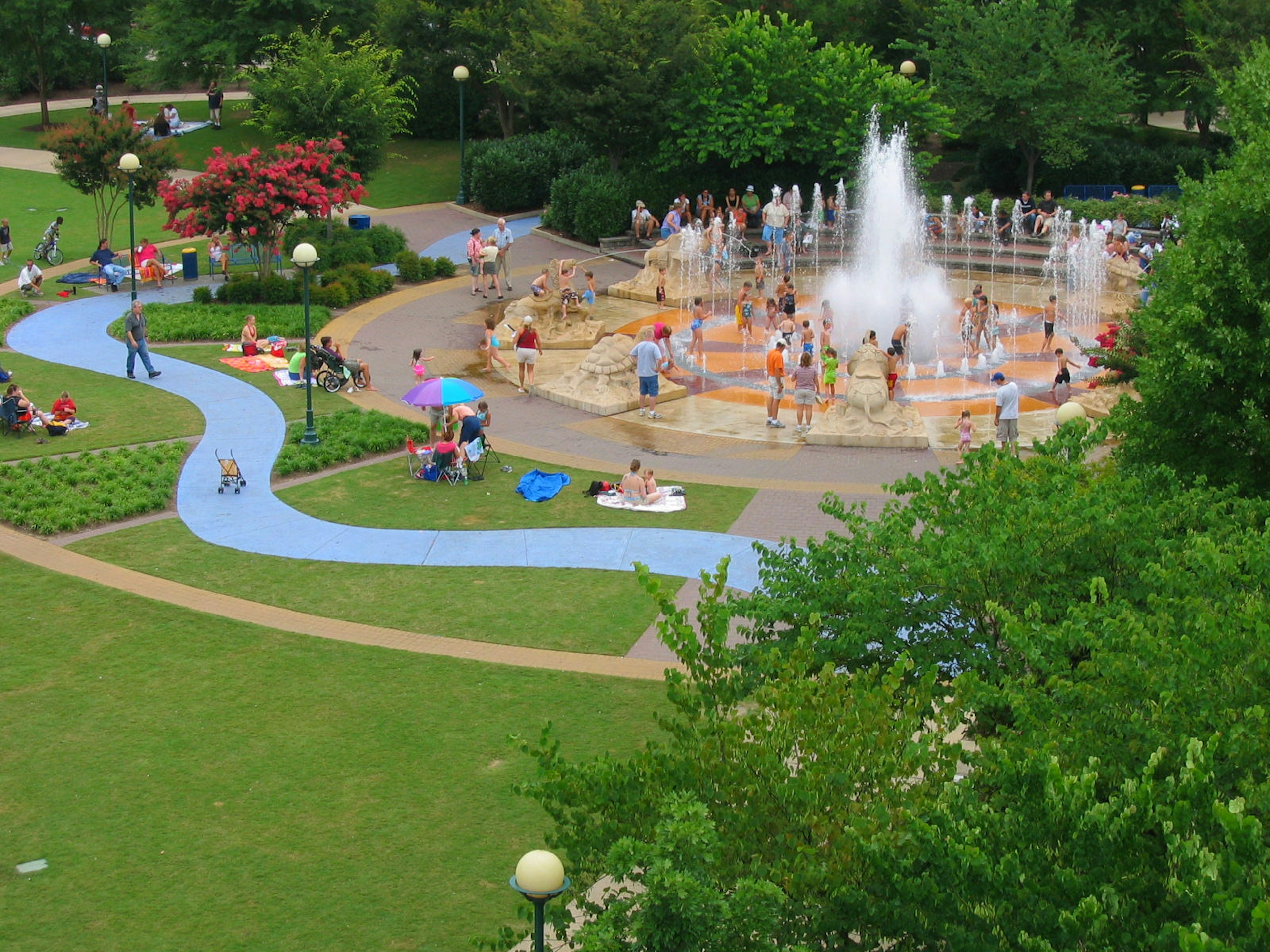





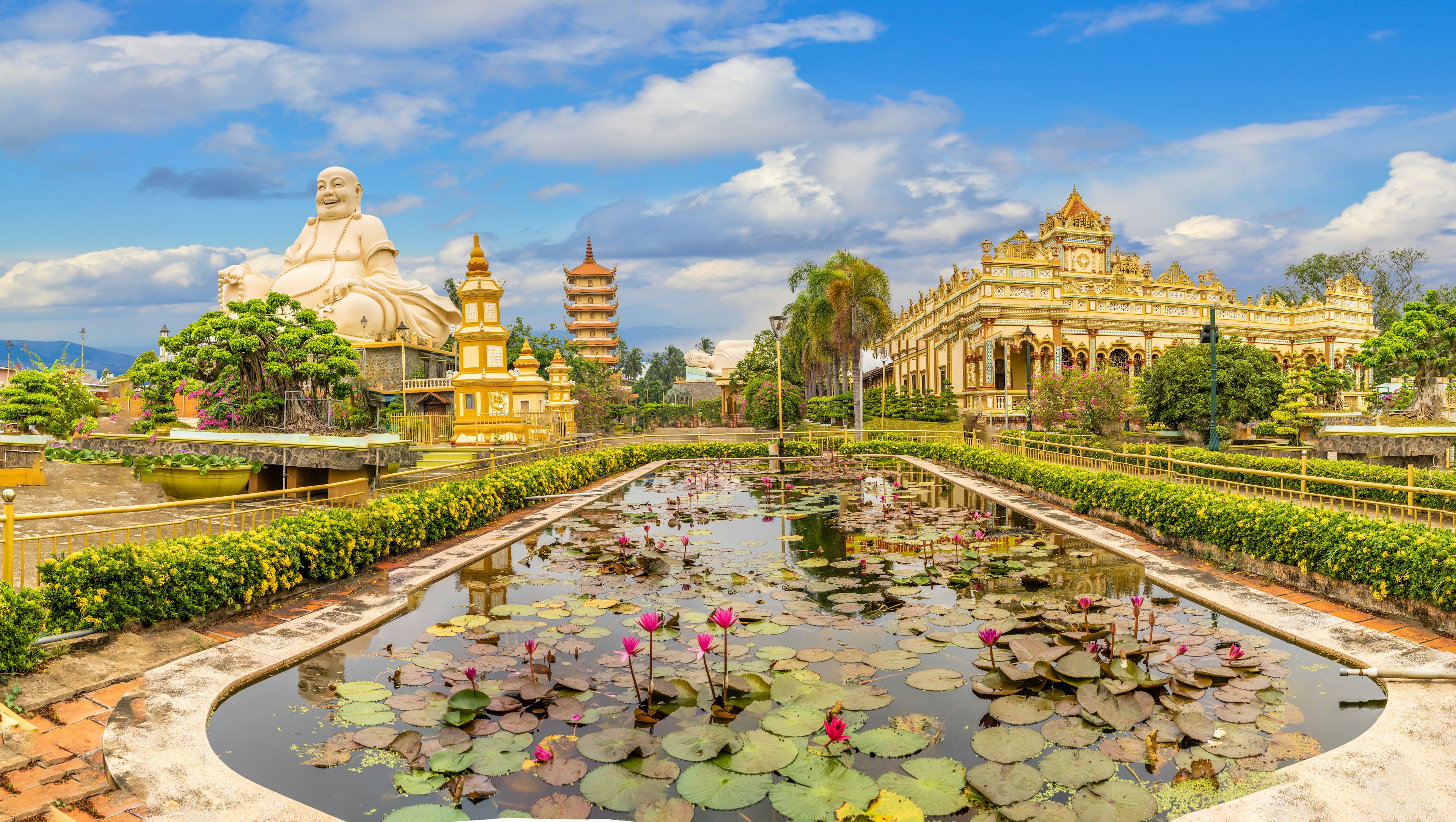
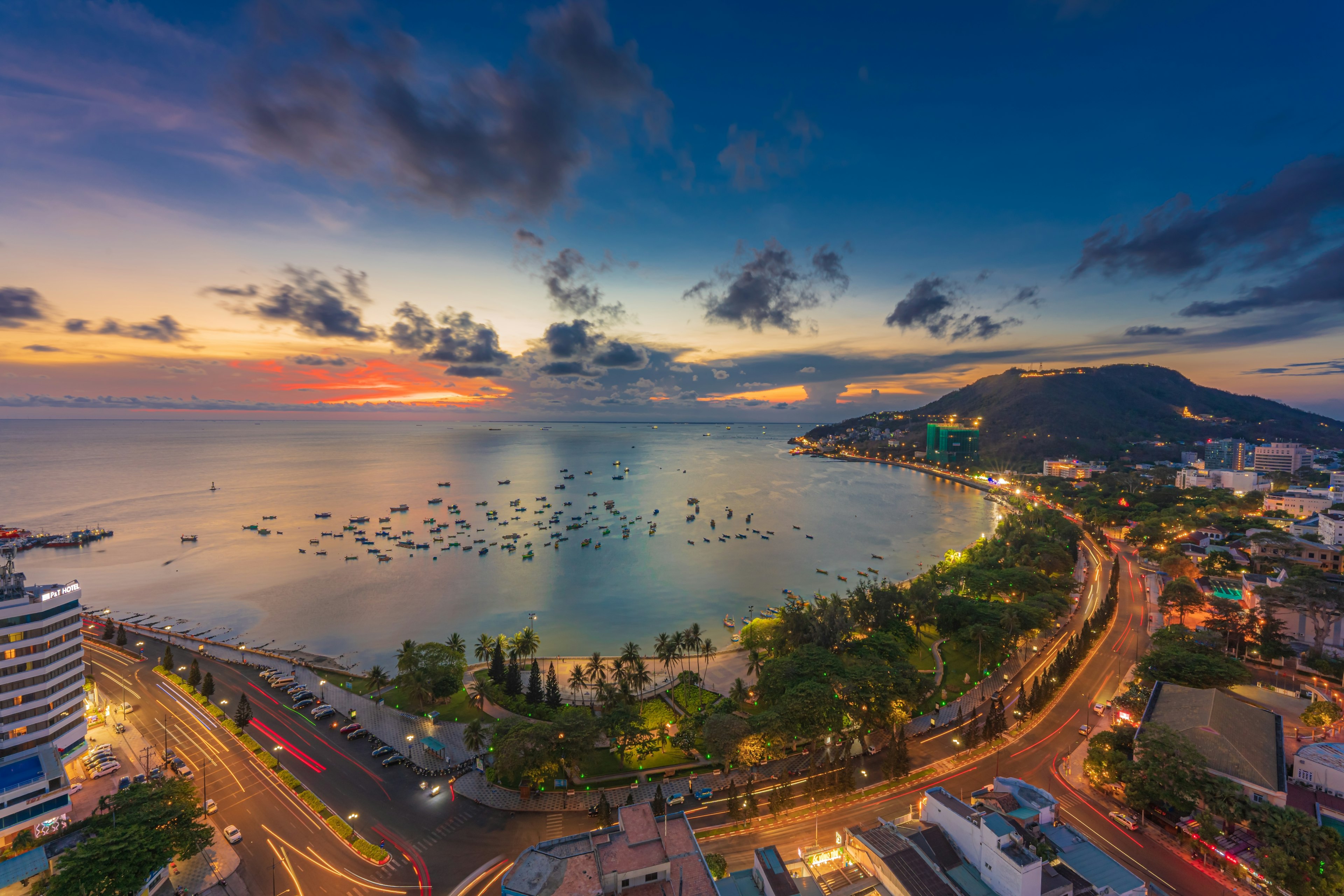

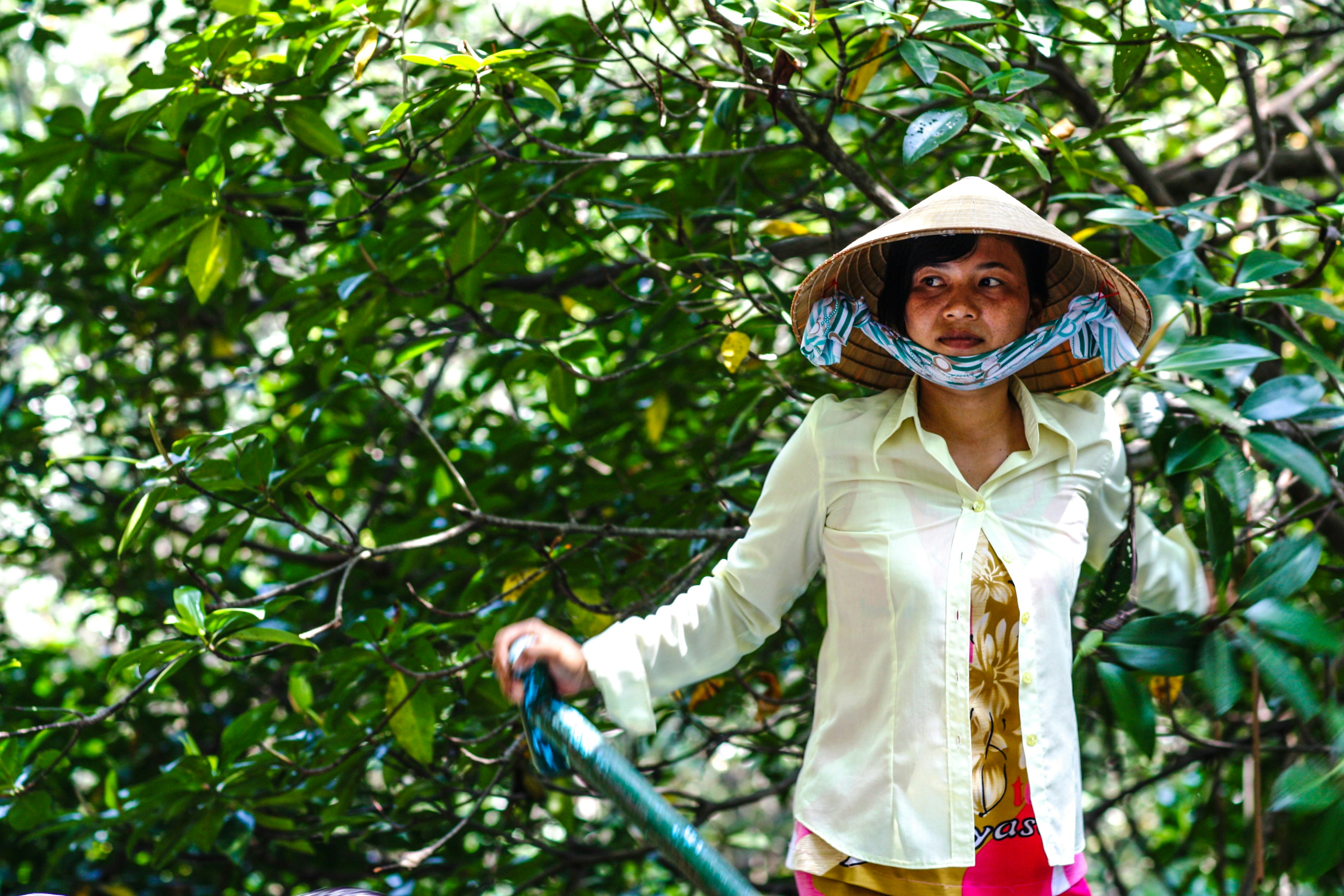















 Le secret est révélé : Nosara dispose de quelques-unes des meilleures vagues pour les débutants en Amérique centrale © Jonathan Gregson / Lonely Planet
Le secret est révélé : Nosara dispose de quelques-unes des meilleures vagues pour les débutants en Amérique centrale © Jonathan Gregson / Lonely Planet









